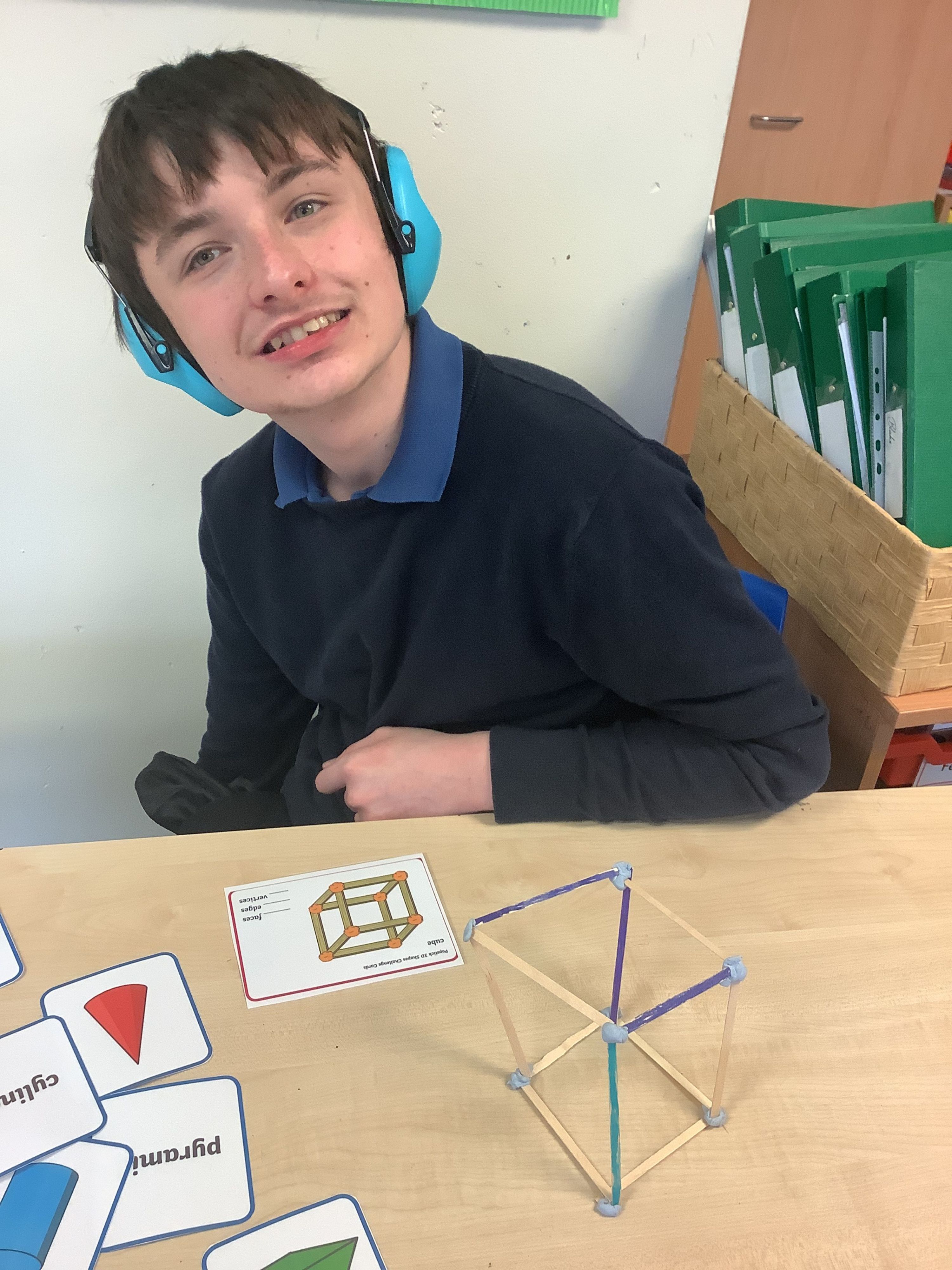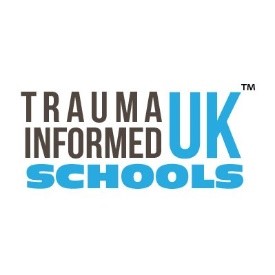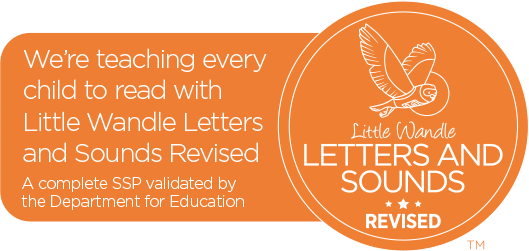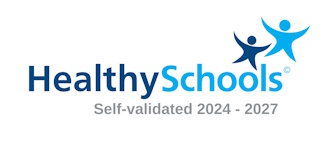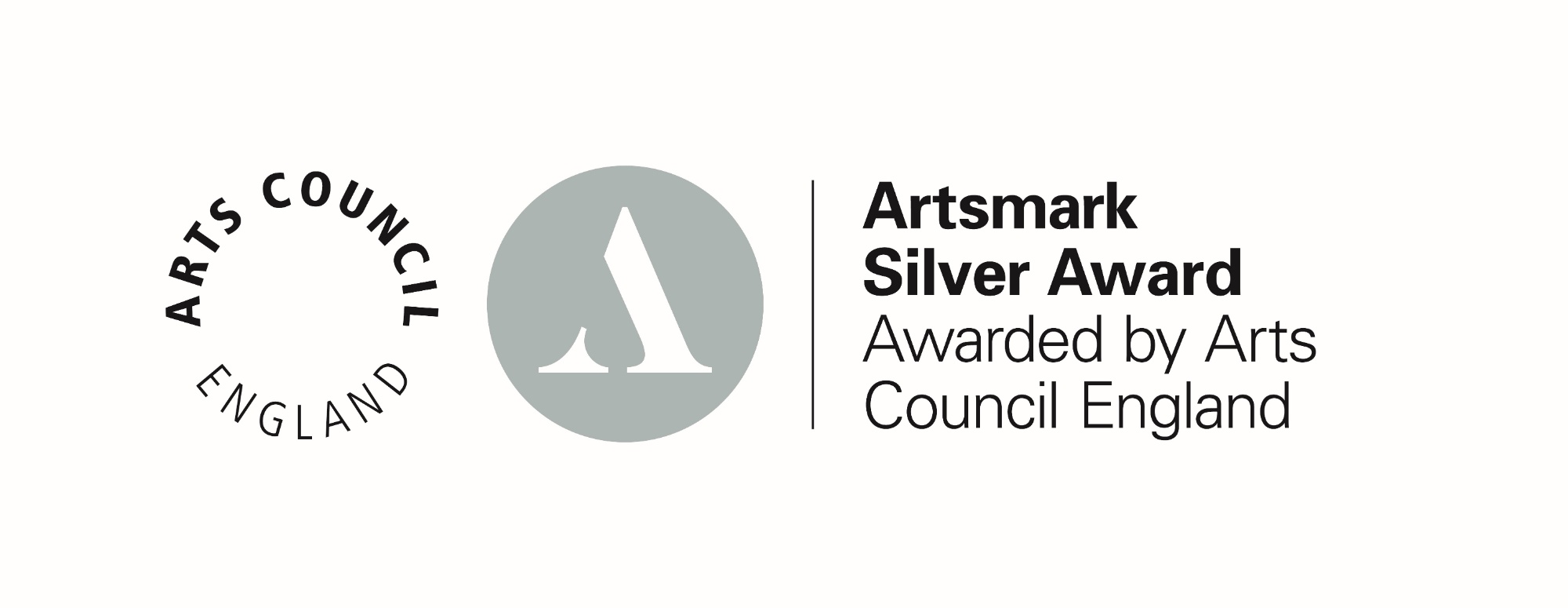This week in the Discovery Pathway....
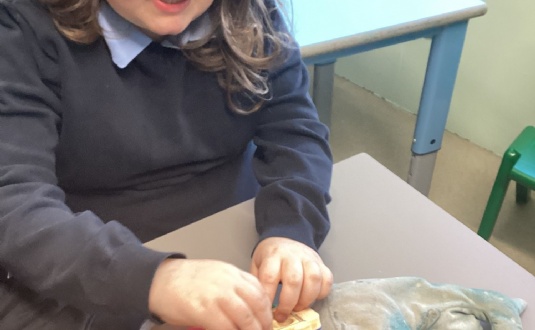
Cedar Class -
In Cedar class this week, as part of our topic - 'Colour', we used powder paint to make our own place mats for snack and lunch, mixing colours together. We also did some colour mixing, adding white to make colours lighter and black to make colours darker in Art. We have been practising our physical skills in the playground whilst enjoying the lovely weather. In maths we have been enjoying the donut song to learn about subtracting within 10 and used ten frames to 'take donuts away' and to count how many were left. I'm so proud of our learners this week. Well Done Cedar Class!
Understanding 10 Frames: A Fun and Effective Tool for Early Math Learning
At our school, we’re excited to introduce 10 frames as a valuable tool for helping young learners grasp important math concepts. A 10 frame is a simple yet powerful visual tool that consists of a grid with 10 spaces. Students can use counters or markers to fill the frame, helping them visualise numbers, practice counting, and develop an understanding of addition and subtraction.
What is a 10 Frame?
A 10 frame is a rectangular arrangement of 10 squares, often used to represent numbers from 1 to 10. It can be filled in various ways to help students recognise patterns, understand number relationships, and learn how numbers can be broken down into parts. For example, if students fill the first 5 squares, they see the number 5, which is the same as 3+2 or 4+1.

Maple Class -
This week Maple class completed the British Heart Foundation CPR workshop. We learnt about how it is important to check the scene is safe before going to help someone, what number to call for an ambulance and the correct position to do CPR. Everyone was pleased to receive their certificates at the end - well done maple class!
Learning About Emergency Services: A Vital Lesson for Young Minds
At Doubletrees, we are committed to ensuring our learners not only excel academically but also understand the importance of safety and well-being. Recently, our learners had the unique opportunity to learn about emergency services, an experience that will equip them with vital life skills for the future.
Understanding the role of emergency services is crucial, and introducing these concepts to children at a young age can have long-lasting benefits. By learning about first responders, fire fighters, paramedics, and police officers, children gain a sense of responsibility, safety, and awareness of how to act in times of crisis. This visit also linked to our Careers' week where we met the other Emergency Services, who taught us all about what they do in their job roles and how they can help us.
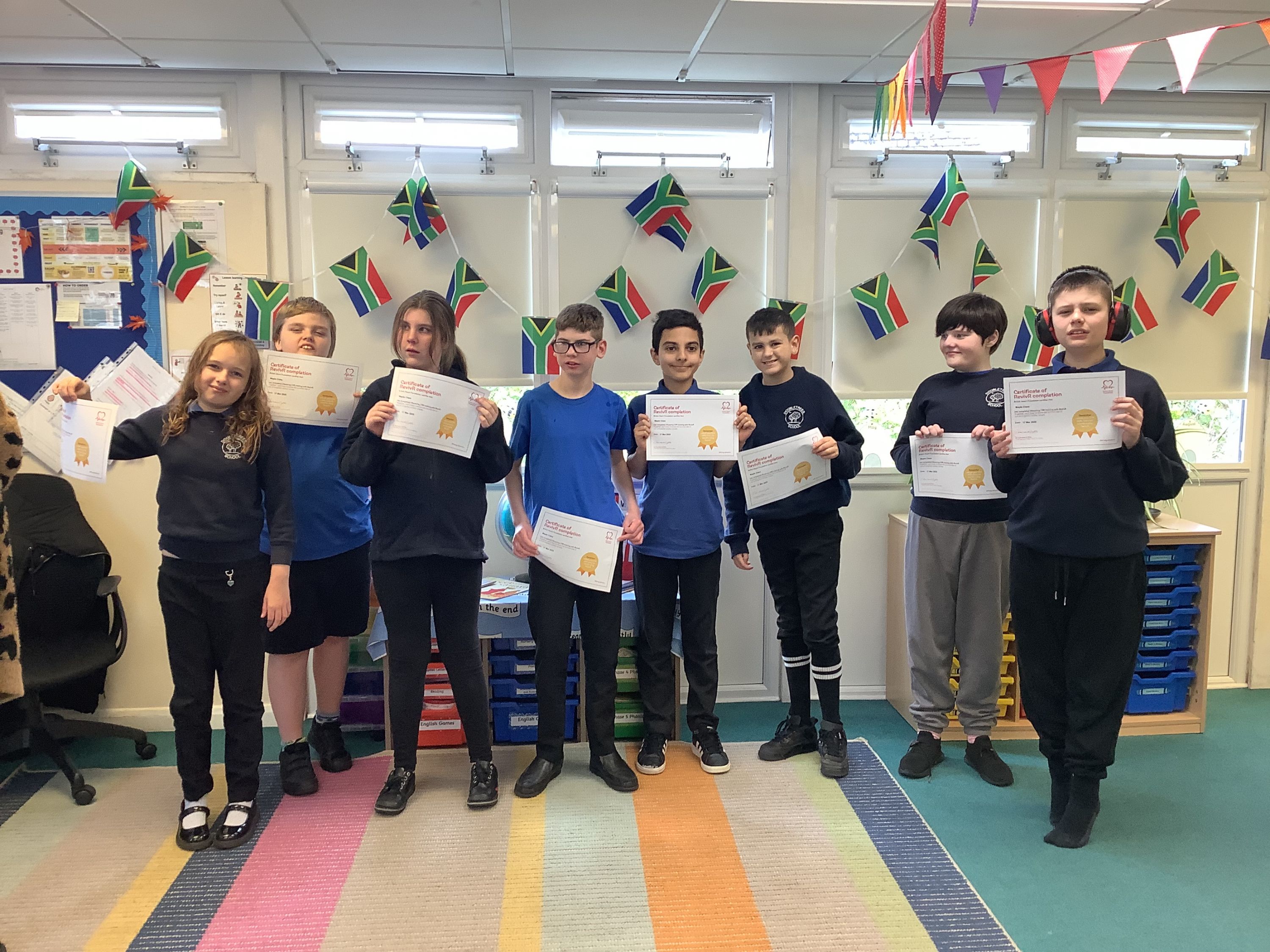
Cherry Class -
Cherry Class have been working on shapes in maths this week and have built and spotted different 2D and 3D shapes in our learning environments. We are beginning to put together a presentation that we are going to share with parents at the end of term about our class news, and we are also considering what makes a hero in RE.
We linked this to some of our PSHE work on the Emergency Services but also recognised that there are heroes all around our communities.
PSHE and the Role of Emergency Services:
In our Personal, Social, Health, and Economic (PSHE) lessons, our learners have been exploring important topics about health, well-being, and how to stay safe in our everyday lives. One of the most valuable parts of this learning has been understanding the vital role that emergency services play in ensuring our safety.
Emergency services, including the police, fire brigade, ambulance service, and more, are key to protecting us and responding swiftly when we need help the most. In our PSHE lessons, we’ve discussed different emergency situations – from accidents to medical issues – and how knowing when and how to contact these services can make all the difference.
We learnt the critical skills of dialling 999 and what information to provide to ensure a fast and efficient response. They’ve also been introduced to the various types of emergencies each service responds to, such as fires, road accidents, or medical emergencies. It’s also been important to discuss how to stay calm and focused during stressful situations, which can help save lives.
This practical knowledge supports our learners with the confidence to act in an emergency. We believe this approach helps our learners understand how we all have a role in keeping each other safe. By learning about the emergency services, we gain a deeper understanding of how they contribute to the well-being of every-one.
Building 2 and 3D Shapes in Maths lessons!!!

